Ingredients
Equipment
Method
- Step 1: Preparing the GrapesWash and de-stem the muscadine grapes.Place the grapes in a large sanitized stockpot or bucket and crush them to release the juice. You can use your hands, a potato masher, or a wine press.
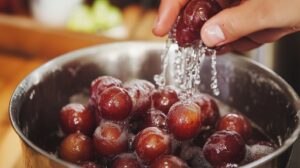
- Step 2: Adding IngredientsPour the filtered water over the crushed grapes.Add the sugar and stir until completely dissolved.If using, add a crushed Campden tablet to sterilize the must (grape mixture). Let it sit for 24 hours before proceeding to fermentation.
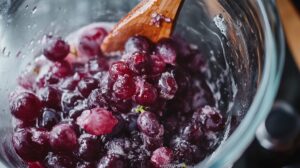
- Step 3: Starting FermentationAfter 24 hours, sprinkle the wine yeast over the surface of the must. Add yeast nutrient if desired. Stir gently.Cover the fermentation vessel with a clean cloth or loosely with its lid to allow oxygen to help kickstart fermentation.
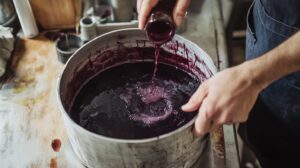
- Step 4: Primary FermentationPlace the fermentation vessel in a cool, dark place (70–75°F). Stir the must daily to keep the grape skins submerged.After 5-7 days, strain the mixture through cheesecloth into a sanitized glass carboy, discarding solids.
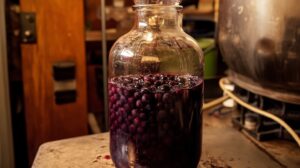
- Step 5: Secondary FermentationAttach the fermentation lock to the carboy to allow gases to escape while preventing contamination.
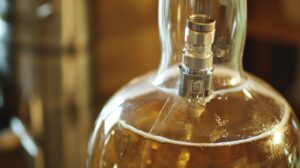
- Step 6: BottlingSiphon the wine into sanitized bottles, leaving sediment behind.Seal the bottles with corks or caps and store them in a cool, dark place.

Video
Notes
Nutritional Information (per 5 oz serving):
- Carbohydrates: 10g
- Protein: 0g
- Fat: 0g
- Sweetness Adjustment: Taste the wine before bottling. If it’s too dry, dissolve additional sugar in a small amount of water and mix it in.
- Storage Tips: Use dark bottles to protect the wine from light, which can affect flavor.
- Testing: A hydrometer can measure the sugar content and help you track alcohol levels.
